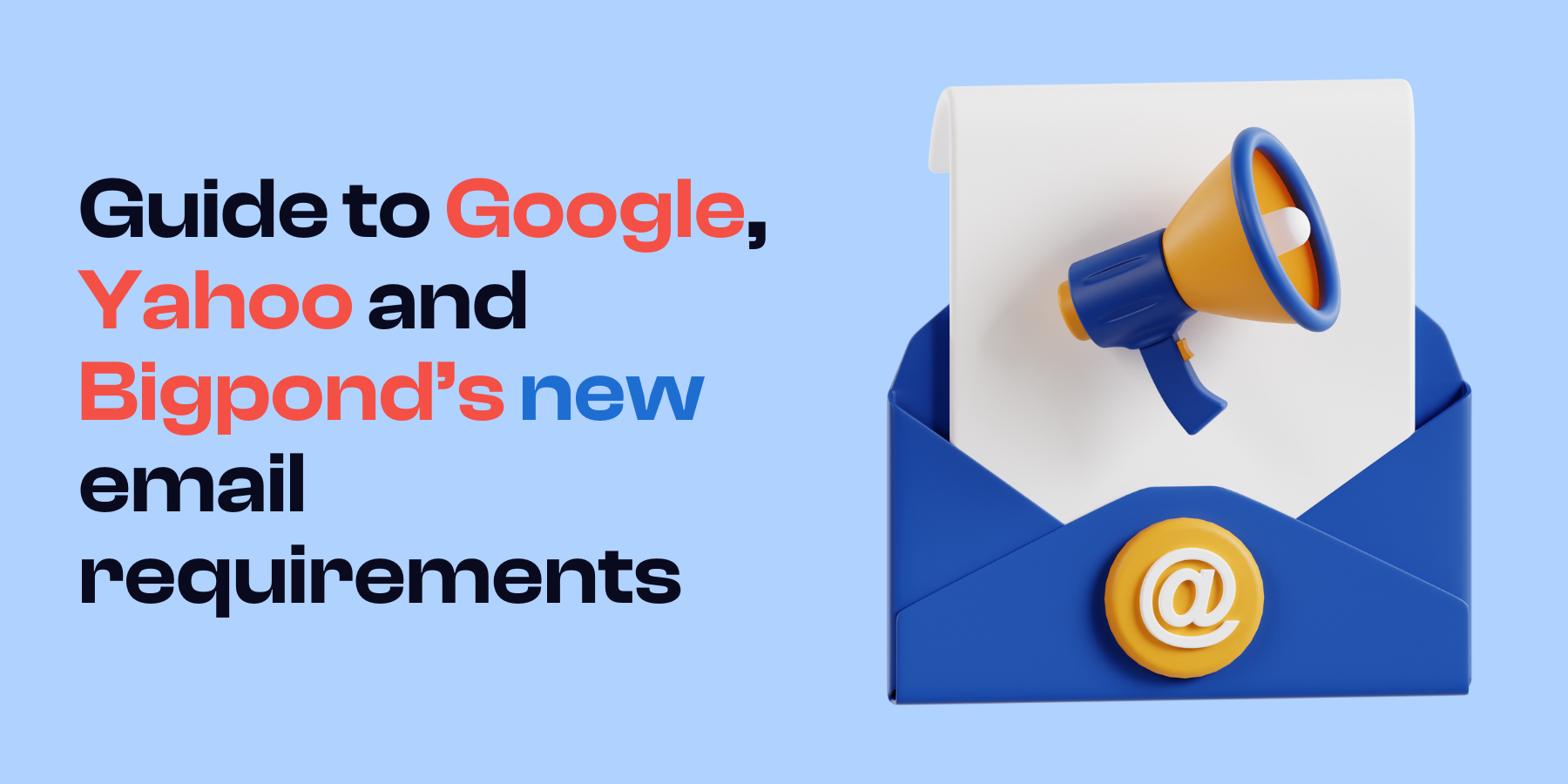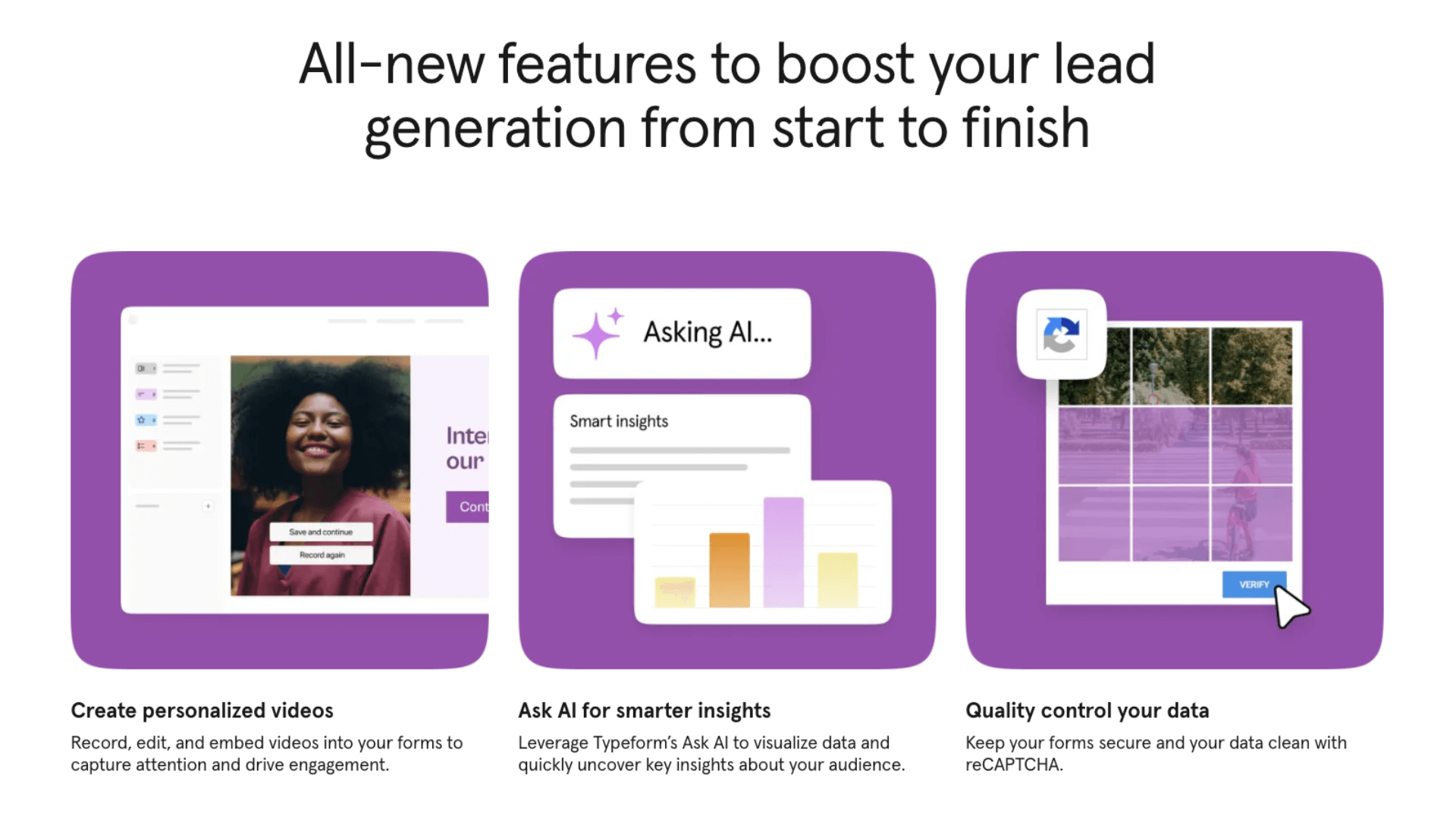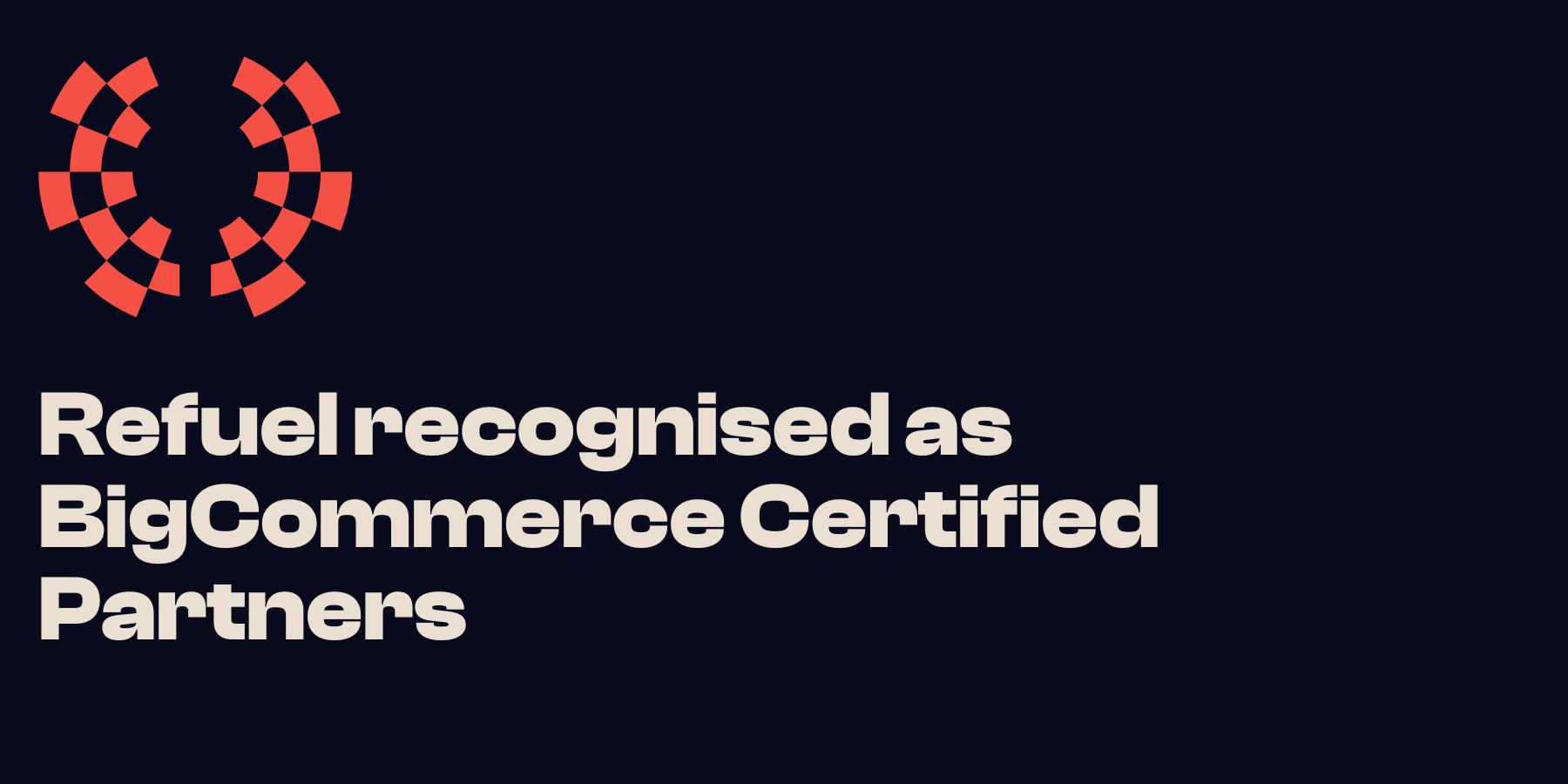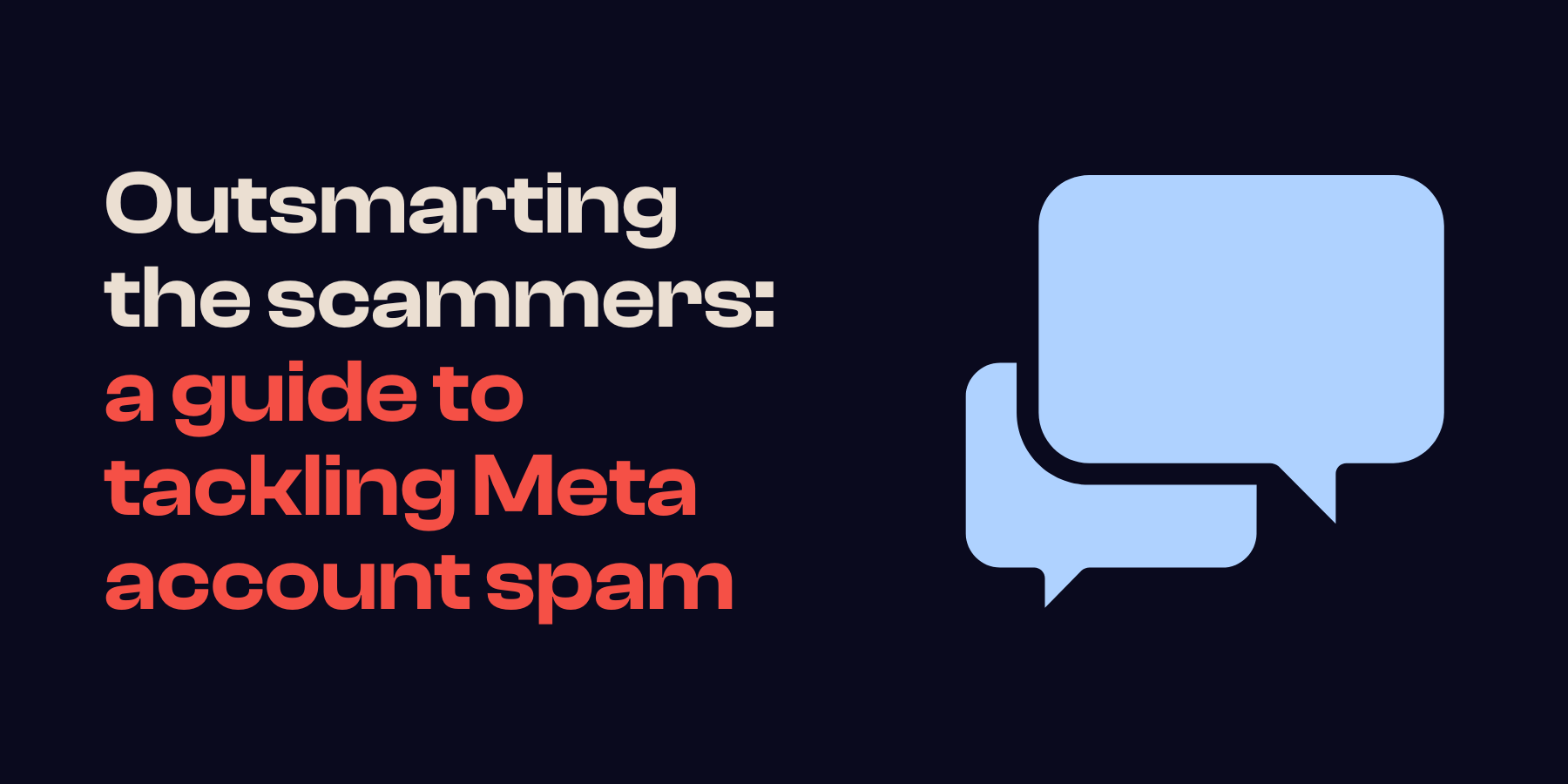Guide to Google, Yahoo and Bigpond's new email requirements

Last updated: 19 December 2024
In case you missed it, Google and Yahoo are updating their email sender requirements in February 2024. Bigpond quietly updated these last year.
These changes are a big deal if you want to keep your emails out of spam folders and make sure they reach inboxes safely!
So what do you need to know, and how will the Google email changes affect you? In this blog, we break it all down so you have all the information you need in one place.
Read on!
What is changing?
Google and Yahoo email changes are here in order to comply with privacy laws and protect their users from spam.
So what’s specifically changing?
- Email security: Imagine a secure ID for your emails. Google and Yahoo want you to authenticate your domains with protocols like DMARC and Google DKIM to prove you're the real sender, not spammy robots.
- Unsubscribe easy button: One-click unsubscribe is now mandatory. Make it clear and prominent in your emails to avoid annoyed clicks and potential spam flags.
- Low spam tolerance: Keep your "spam report" rate below 0.3%. Don't send boring or irrelevant emails that people don't want. Quality is important, as is segmenting your database to provide personalised emails.
- No Gmail "spoofing": Sending commercial emails disguised as a Gmail address will land straight in spam. Use your own domain instead.
Read more about the Google mail changes here. Read more about the Yahoo mail changes here.
The core principle is that they’ll require bulk senders to authenticate their emails when they’re sent, allow for easy unsubscription, and stay under a reported spam threshold.
Sounds pretty simple, right?
This is primarily through the use of the same email tools we’ve been using for a long time: DMARC, SPF and DKIM. We find that a lot of people don’t set these up for a range of reasons. Maybe you don’t understand DNS records? Maybe you just missed the setup step?
Last year, Telstra also rolled out new Internet Protection that has led to emails that fail SPF, DKIM and DMARC authentication to be rejected by their mail servers. So if you’re emailing Bigpond email addresses without this authentication in place, your emails are likely being rejected and not getting through.
Who is affected by these email requirement changes?
Everyone who sends emails, but particularly those sending bulk emails.
If you’re using HubSpot’s free email tools, these tools don’t meet the new requirements. You’ve had to upgrade to HubSpot Marketing Starter or above to get access to verify your domain ever since HubSpot first launched these tools.
What do I need to do?
This is also very common through the myriad of email sending tools we use these days.
Send your transactional email through Google Workspace? That needs DMARC, SPF and DKIM setup.Send your newsletter through HubSpot? That needs DMARC, SPF and DKIM setup.
Send your pay slips through Xero? That needs DMARC, SPF and DKIM setup.
Google will be considering anyone who sends 5000 or more emails to Google accounts per day to be ‘bulk senders’, and they include all traffic from senders in this total, including those standard day to day emails you send.
Talk to your IT team or email service provider. They can help you set up email authentication and ensure your unsubscribe process is smooth. They will specifically need to ensure they have DKIM, DMARC and SPF configured for every, single tool that sends email on your behalf.
Review your email content. Focus on providing relevant and valuable information to your audience.
Track your spam rate. Check with your email service provider for tools to monitor your performance.
The bigger picture
Remember: These changes are about building trust with your audience and protecting them from spam. By playing fair and providing value, you'll land in the right inboxes.
In case the subtext isn’t clear, you need to prioritise quality email communication to opt in customers. Don’t buy lists, don’t harvest emails from LinkedIn, or other dodgy practices.
While email marketing has been a great, cost-effective channel for a long time, these changes really reinforce that you shouldn’t put all your eggs in any basket. We’ve long said this about social media, but the only channel you really ‘own’ is your website.
Need email support?
Email marketing remains an effective way to engage your audience and boost your marketing. However, as tech companies continue to add more regulations to comply with privacy laws, it can become more challenging to effectively hit your email marketing targets.
At Refuel Creative, we stay across the latest changes in regulations so our clients don’t have to. Learn more about our email marketing services below.







